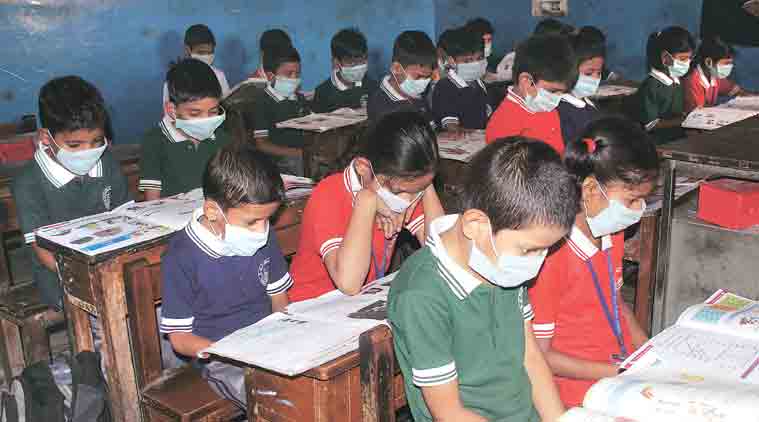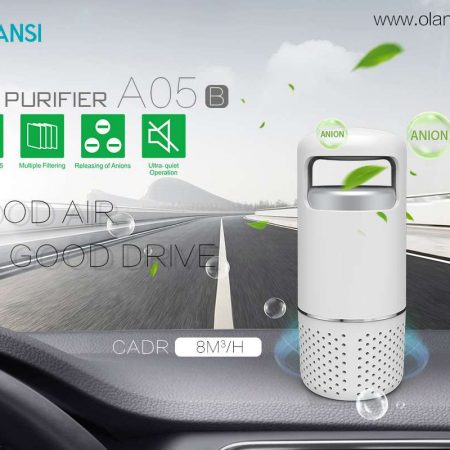Buying an air-purifier: HEPA filters are a must, as is the right size
(Surgical masks, despite their popularity in Delhi these days, are useless against the smog and pollution haze.)
The blanket of toxic air over Delhi — the product of road and construction dust, vehicle emissions, crop- and waste-burning, smoke from Diwali fireworks, and the currently prevalent cool, still atmospheric conditions – doesn’t seem to be lifting. While the government struggles to get moving on an effective long-term plan to tackle the problem, many residents have begun to invest in air-purifiers for their homes and cars. Here’s what to look for while buying one.
All modern air-purifiers feature High Efficiency Particulate Arrestance (HEPA) filters. These filters are generally rated to trap particles as small as 0.3 microns – for perspective, the thickness of a strand of human hair is about 50-150 microns. Therefore, any air purifier with a HEPA filter should be able to block out both PM 2.5 (particles that are 2.5-10 microns in diameter) and PM 10 (10 microns or more in diameter) particulates. To guard against possible confusion over what the acronym ‘HEPA’ denotes, it is a good idea to ensure the air-purifier mentions having both a ‘True HEPA filter’ and a rating of at least 0.3 microns. Some companies like Sharp claim their air-purifiers also neutralise germs — including e-coli and tuberculosis bacteria, H1N1 virus and even fungal spores — by mimicking the naturally occurring positive and negative ions in the air. You could buy a regular air-purifier and pair it with a standalone ionizer for the same effect.
Size matters
An air-purifier’s effectiveness will depend greatly on how big your room is, how much air the purifier can circulate, and how much ‘outside air’ gets in at any given time. Most manufacturers say what size of room their purifiers would be effective for, but a thumb rule is to buy one bigger than the rated room size. So, for a room that is 300 sq feet in size, it is best to purchase an air-purifier that can handle at least 400 sq ft. Also, because the extraordinary density of the current pollution and the volumes of air flowing in and out of the room will lower the purifier’s effectiveness, it is advisable to shut all doors and windows.
Delivery rate
The size match relies on an aspect of these devices called the Clean Air Delivery Rate (CADR), which denotes how much air can be purified of all its particles, expressed in cubic feet per minute. Normally, there are three CADR ratings, one each for Smoke, Pollen and Dust, as these three particles tend to vary in size and thus are filtered out at varying efficiencies.
When purchasing an air-purifier, insist on getting all three numbers, given that smoke particles measure 0.09-1 micron, and are the hardest to filter out effectively. The higher the CADR number, the more effective the air-purifier is for a given size of room.
Pollution masks
The surgical masks some people have been wearing are useless. They don’t seal your mouth and nose, and don’t filter out anything. Most pollution masks with a N99 rating (filtering 99% of particulate matter) will filter out dust particles, but will not do anything about the fumes.
Since desperate times — such as those prevalent in Delhi these days — call for desperate measures, a 3M face mask, paired with a P95 filter and an organic vapour cartridge, is an effective solution. This combination allows even chronic asthmatics to move around outdoors without problems. In fact, the mask filters out odours from cigarette smoke, vehicular emissions and even garbage dumps.
A less bulky option could be a mask from Respro, a UK-based company that makes neoprene masks that are equally effective. Respro’s Techno mask is ideal for the current situation as it comes with a P99 filter (rated to 0.3-micron efficiency) along with an organic vapour filter built in.



